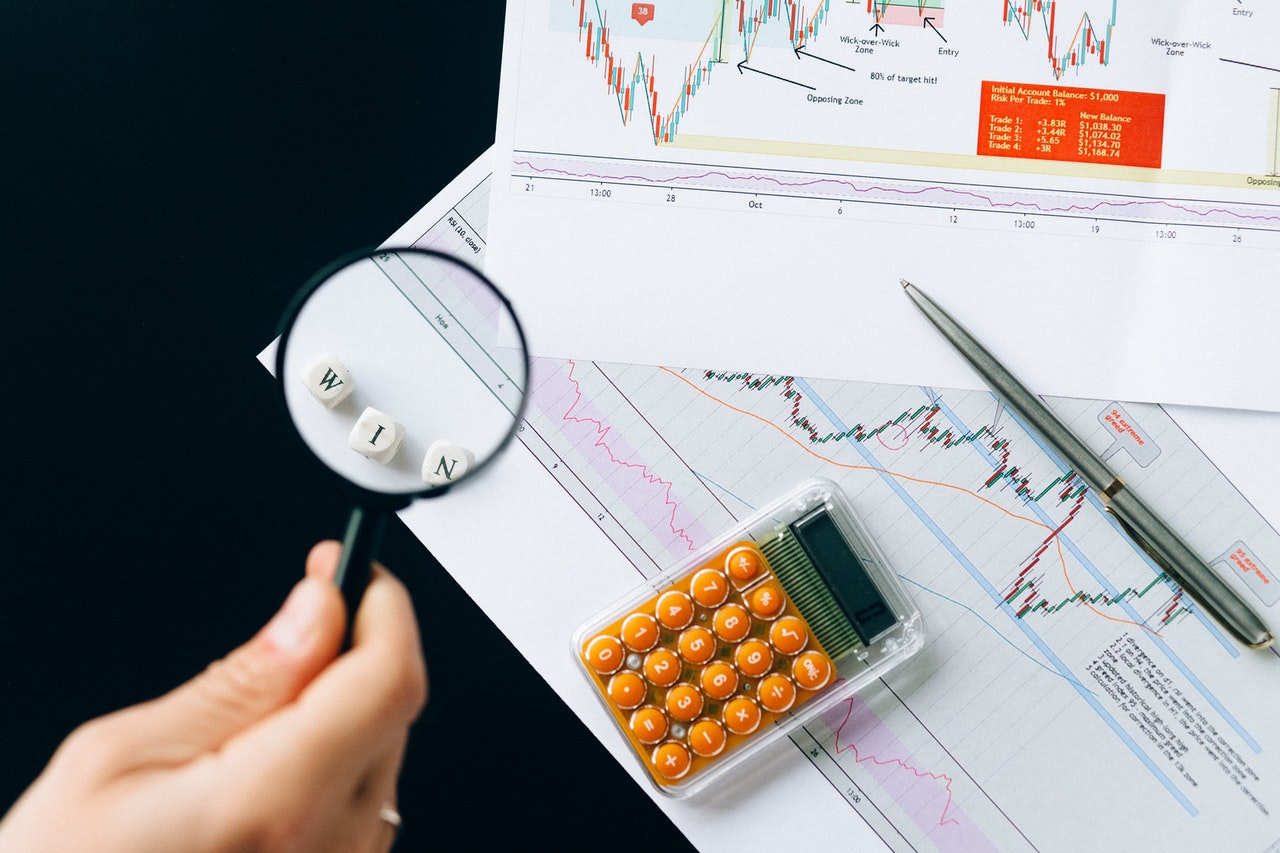By Orbex
Last night, Goldman Sachs issued a note to clients, downgrading their forecast for the US GDP growth to 2.9% from 3.1% prior.
However, that wasn’t the headline that got most of the attention from the press. Specifically, it was the addition of the chances of a recession occurring next year, between 20-35%. The downside risks were primarily due to the risk of shortages of raw materials which might hamper US production on top of the expected negative effects of inflation.
Of course, that’s just the US. In Europe, earlier today, ECB’s Villeroy insisted that there was no recession in the shared economy. While that might be true right now, the comment suggests that there is a growing concern about it.
So, what’s going on, and should we get ready for it?
The main predictor
Yield curve inversion predicted ten out of the last ten recessions. In turn, this leads many analysts to turn to this gauge for guidance. What that is, basically, is the difference in interest rates paid on US treasuries, comparing 2-year bonds and 10-year bonds.
Free Reports:
 Get our Weekly Commitment of Traders Reports - See where the biggest traders (Hedge Funds and Commercial Hedgers) are positioned in the futures markets on a weekly basis.
Get our Weekly Commitment of Traders Reports - See where the biggest traders (Hedge Funds and Commercial Hedgers) are positioned in the futures markets on a weekly basis.
 Sign Up for Our Stock Market Newsletter – Get updated on News, Charts & Rankings of Public Companies when you join our Stocks Newsletter
Sign Up for Our Stock Market Newsletter – Get updated on News, Charts & Rankings of Public Companies when you join our Stocks Newsletter
Generally, the longer a bond is, the more interest rate it has to pay to attract investors. Plotted on a graph, this creates a curve. That’s the yield curve, which should be ascending.
But, if the curve turns around (that is, shorter-term debt has a higher interest rate than longer-term debt) it’s an indication that a recession is coming. That’s because when there is a recession, interest rates fall.
Why we aren’t there yet
The focus is currently on the 2-year versus the 10-year bond. If the former has a higher interest rate than the latter, the curve is inverted.
So far, that’s not the case, but the “spread”, or difference between them has shrunk to the smallest amount since the pandemic (which caused the last recession).
The Fed embarking on a hiking cycle could constrain liquidity, in an effort to get inflation under control. The side effect of that is slower economic growth.
Traditionally, the Fed starts raising rates and tightening progressively right up until there is a recession. And markets generally get ahead of that expectation. In fact, the mere raising of rates once sets off a chain reaction of expecting the Fed to raise rates several times in the near future.
Growth is still there, but for how long?
Benchmark indices like the S&P 500 and Nasdaq have fallen into bear markets. And the chances of a rebound are limited in an environment of high uncertainty and the Fed raising rates. That uncertainty could, potentially, lift if there’s a resolution of the situation in Ukraine, or at least if they reach some kind of status quo.
However, the market is still processing all the ways in which sanctions and potential fallout from the war could affect markets. Particularly if it turns into the feared protracted conflict, which could lead to shortages in a wide range of raw material exports.
Initially, the focus was on just oil. Now investors are becoming aware of Europe’s reliance on Russia for exports of coal, nickel, and fertilizer. If the conflict persists into spring, it could limit Ukrainian farmers’ capacity to plant crops in the largest food exporter to Europe.
Technically, stagflation isn’t a recession. But that doesn’t mean we might not have to adjust our trading strategies to a new reality.
Trading the news requires access to extensive market research – and that’s what we do best. Open your Orbex account now.
 Article by Orbex
Article by Orbex
Orbex is a fully licensed broker that was established in 2011. Founded with a mission to serve its traders responsibly and provides traders with access to the world’s largest and most liquid financial markets. www.orbex.com

- Fast fashion may seem cheap, but it’s taking a costly toll on the planet − and on millions of young customers Nov 25, 2024
- “Trump trades” and geopolitics are the key factors driving market activity Nov 25, 2024
- EUR/USD Amid Slowing European Economy Nov 25, 2024
- COT Metals Charts: Weekly Speculator Changes led by Platinum Nov 23, 2024
- COT Bonds Charts: Speculator Bets led lower by 5-Year & 10-Year Bonds Nov 23, 2024
- COT Soft Commodities Charts: Speculator Bets led lower by Soybean Oil, Soybean Meal & Cotton Nov 23, 2024
- COT Stock Market Charts: Speculator Changes led by S&P500 & Nasdaq Minis Nov 23, 2024
- Bitcoin price is approaching 100,000. Natural gas prices rise due to declining inventories and cold weather Nov 22, 2024
- USD/JPY Awaits Potential Stimulus Impact Nov 22, 2024
- RBNZ may cut the rate by 0.75% next week. NVDA report did not meet investors’ expectations Nov 21, 2024
